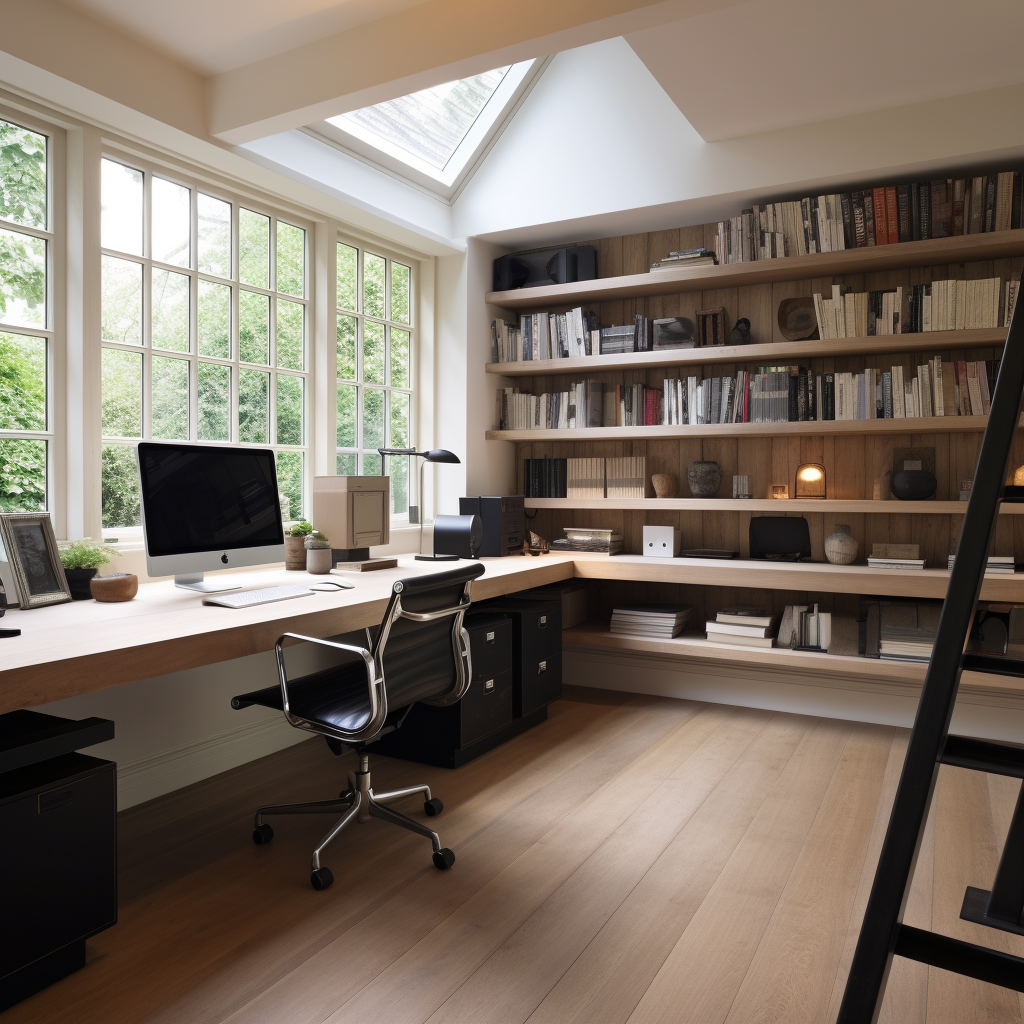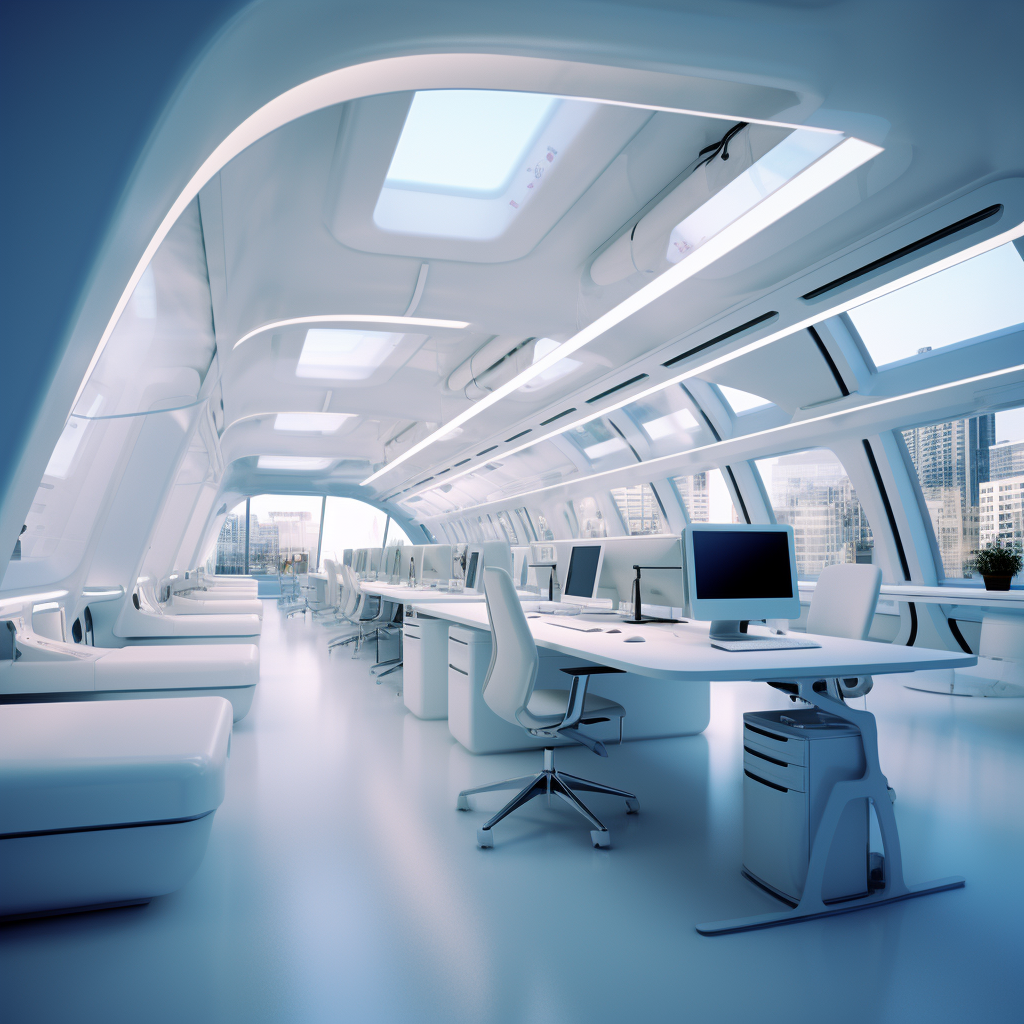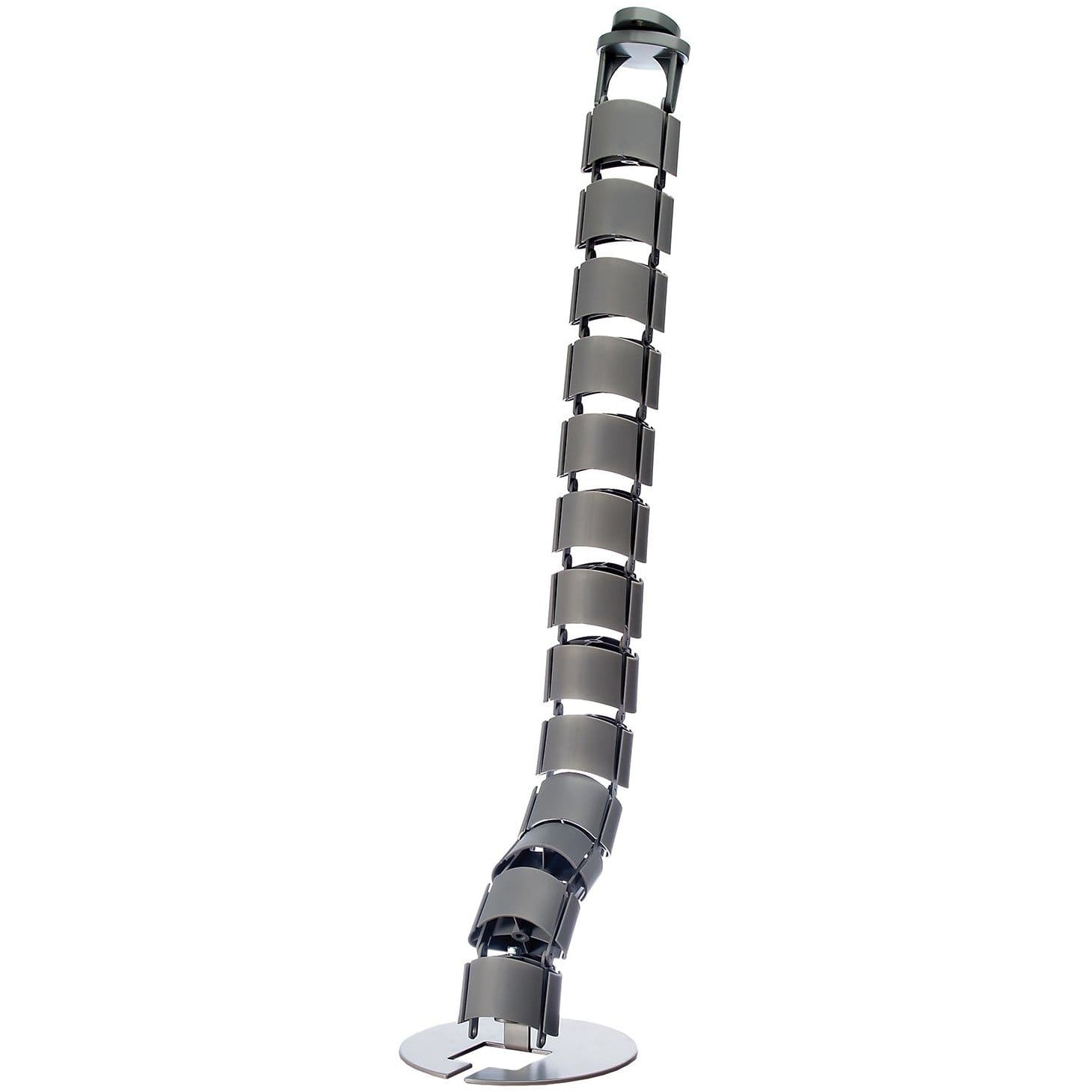
The Impact of Ergonomic Furniture in the Meeting Space

The contemporary office space has evolved dramatically in the past few decades. From the open-office plans of the late 20th century to today's flexible workspaces, businesses have always sought to optimize productivity and well-being. Among these changes, one element that has garnered significant attention is the shift towards ergonomic furniture, especially in meeting spaces.
The Science Behind Ergonomics
Ergonomics is the study of designing products, systems, or processes to take proper account of the interaction between them and the people who use them. In furniture, this translates to designs that respect the human body's natural posture, reducing strain on the spine, neck, and limbs.
Enhancing Focus and Participation
Long meetings are a notorious source of discomfort. Non-ergonomic furniture can lead to physical strain, causing attendees to become restless and lose focus. Ergonomic chairs and tables, with their enhanced support, enable attendees to remain comfortable for extended periods. This comfort promotes better attention to discussions and presentations, ensuring the meeting's objectives are met.
Reducing Health Risks
Extended use of non-ergonomic furniture can lead to musculoskeletal disorders, impacting the spine, neck, and even circulation. By investing in ergonomic alternatives, companies can potentially reduce the number of work-related injuries, promoting employee well-being and reducing associated medical costs and absenteeism.
Catering to the Modern Workforce's Needs
Today's workforce is more health-conscious and aware of the benefits of ergonomics than ever before. Offering ergonomic meeting spaces signals to employees that their well-being is a priority. This can boost morale, help in talent retention, and even play a part in recruitment.
Adaptability and Flexibility
Many ergonomic furniture options are adjustable. Whether it's the height of a chair or the angle of a table, this adaptability means that the meeting space can cater to a diverse range of individuals, ensuring everyone's comfort.
A Boost in Creativity and Collaboration
Comfortable employees are not just more focused; they're also more likely to engage in creative thinking and collaboration. A well-designed ergonomic meeting space can facilitate brainstorming sessions, where participants feel at ease to share and develop ideas.
Reflecting Modern Aesthetics
Beyond just functionality, modern ergonomic furniture often boasts sleek and contemporary designs. This aesthetic can contribute to a company's branding, presenting it as forward-thinking and modern.
Conclusion
In a world where every detail can impact productivity and employee satisfaction, the importance of ergonomic furniture in meeting spaces cannot be understated. Companies that understand this are not just investing in furniture; they're investing in their employees' health, well-being, and overall success.









